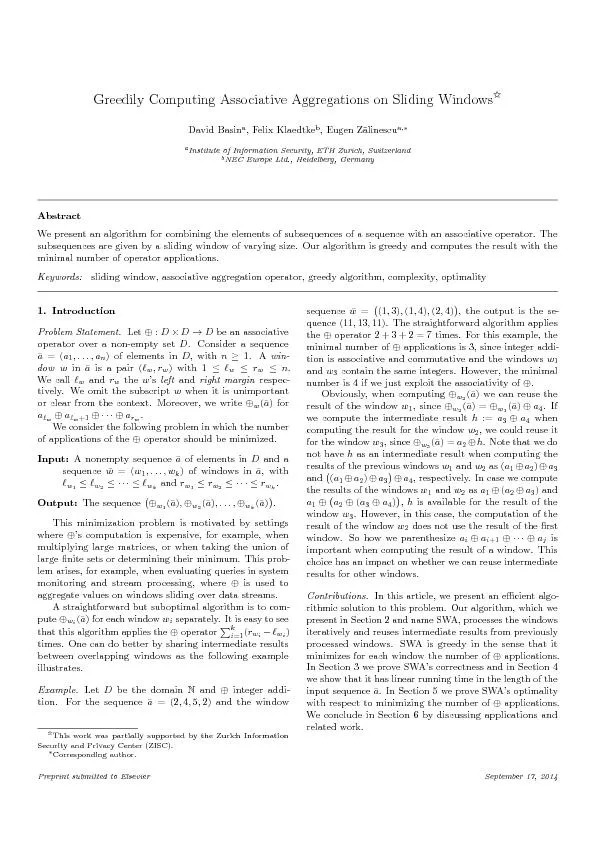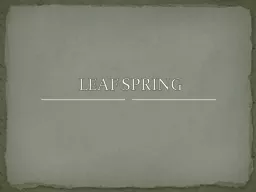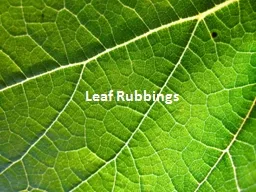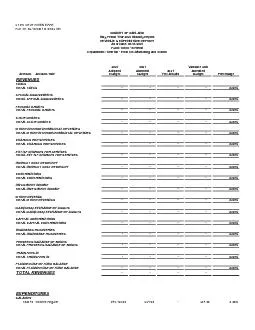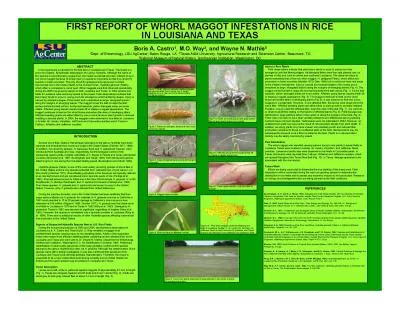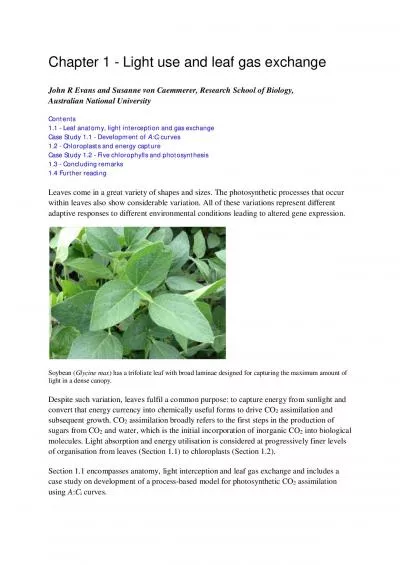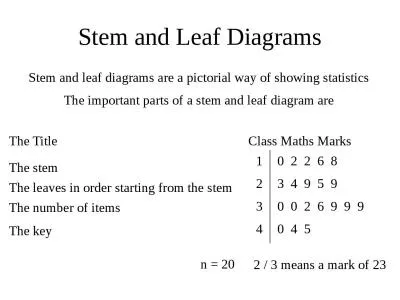PPT-Figure 35.0 The effect of submersion in water on leaf deve
Author : jane-oiler | Published Date : 2016-09-07
Cabomba Figure 350x The effect of wind on plant form in fir trees Figure 352 Morphology of a flowering plant an overview Figure 351 A comparison of monocots and
Presentation Embed Code
Download Presentation
Download Presentation The PPT/PDF document "Figure 35.0 The effect of submersion in..." is the property of its rightful owner. Permission is granted to download and print the materials on this website for personal, non-commercial use only, and to display it on your personal computer provided you do not modify the materials and that you retain all copyright notices contained in the materials. By downloading content from our website, you accept the terms of this agreement.
Figure 35.0 The effect of submersion in water on leaf deve: Transcript
Download Rules Of Document
"Figure 35.0 The effect of submersion in water on leaf deve"The content belongs to its owner. You may download and print it for personal use, without modification, and keep all copyright notices. By downloading, you agree to these terms.
Related Documents




